SUMMARY
This is AI generated summarization, which may have errors. For context, always refer to the full article.
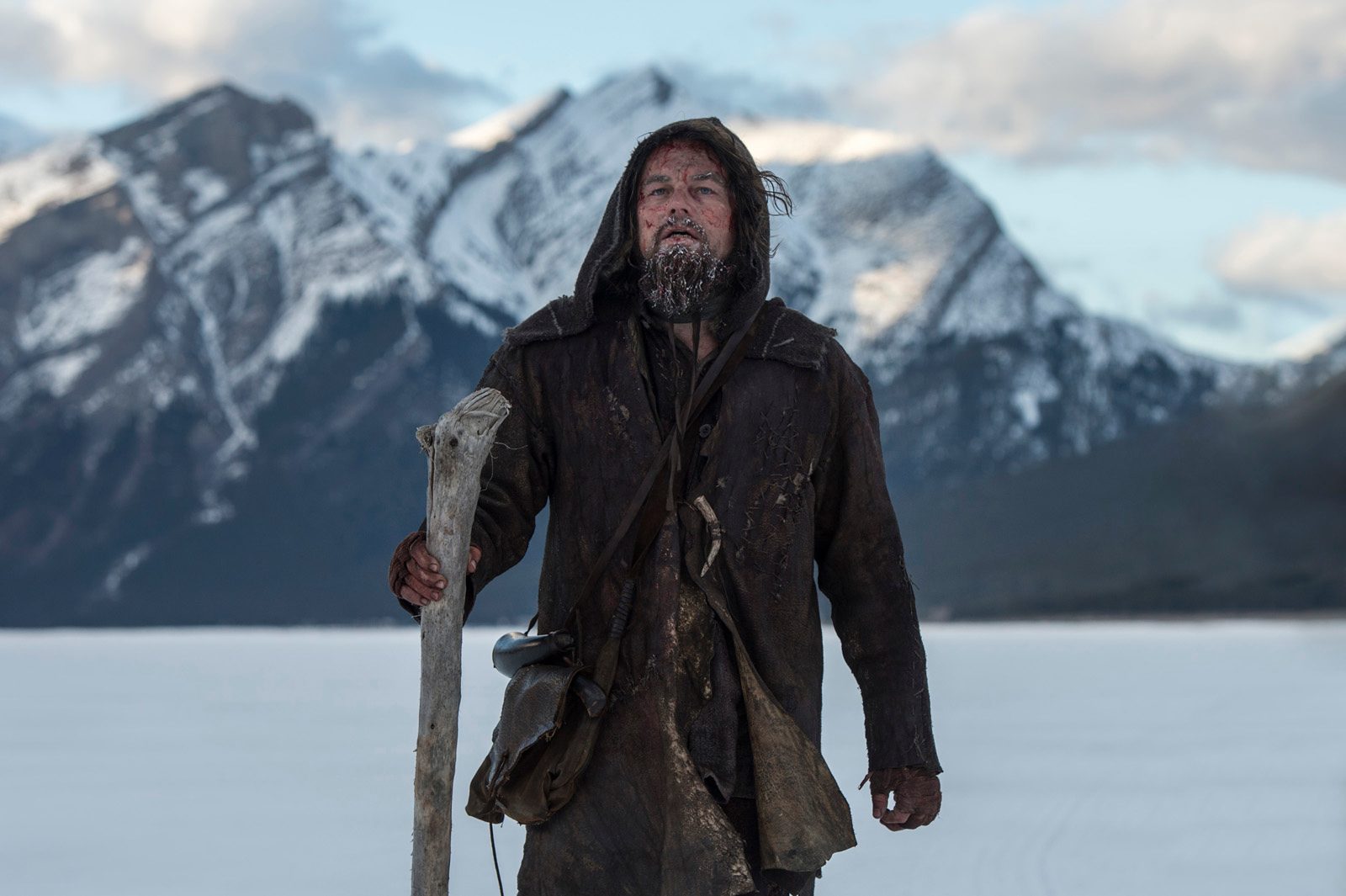
It doesn’t take a lot of time for Alejandro Iñárritu to launch a sequence that will set the mood for The Revenant. Right after an opening that has seemingly random but solemn scenes of the American frontier during the 1800s with all of its wilderness, natives and ruinous wars, the film explodes in a frenzy of blood and fire, with a troop of Sioux braves attacking a camp of American trappers.
What is most fascinating about the sequence is how amidst all the chaotic violence, there still remains a certain logic and rhythm in the way the camera of cinematographer Emmanuel Lubezki zooms, swoops and sweeps to capture the most stirring of images, whether it be a head of a nameless man catching a flying arrow or a vista of trees dancing in flames. Clearly, the film is dauntless in its depiction of all sorts of brutality, ensuring that if there is one thing that is fluently communicated, it is that there is no escape to pain.
Even its viewers are rendered unguarded from experiencing torment, even if only vicariously through Lubezki’s vicious images. Iñárritu however drapes the torture with irresistible beauty, that is is almost impossible not to look. The entire film is but a spectacle of suffering. Whether it graduates from being just an aesthetic exercise is a different topic altogether.
Fueled by revenge
The film, adapted by Iñárritu and co-screenwriter Mark L. Smith from Michael Punke’s novel of the same title, tells the story of Hugh Glass (Leonardo DiCaprio), one of the survivors of the Sioux ambush who was left for dead by his comrades after being mauled by a bear. After witnessing his half-Pawnee son murdered by a disgruntled colleague (Tom Hardy), he struggles to survive to get his revenge.
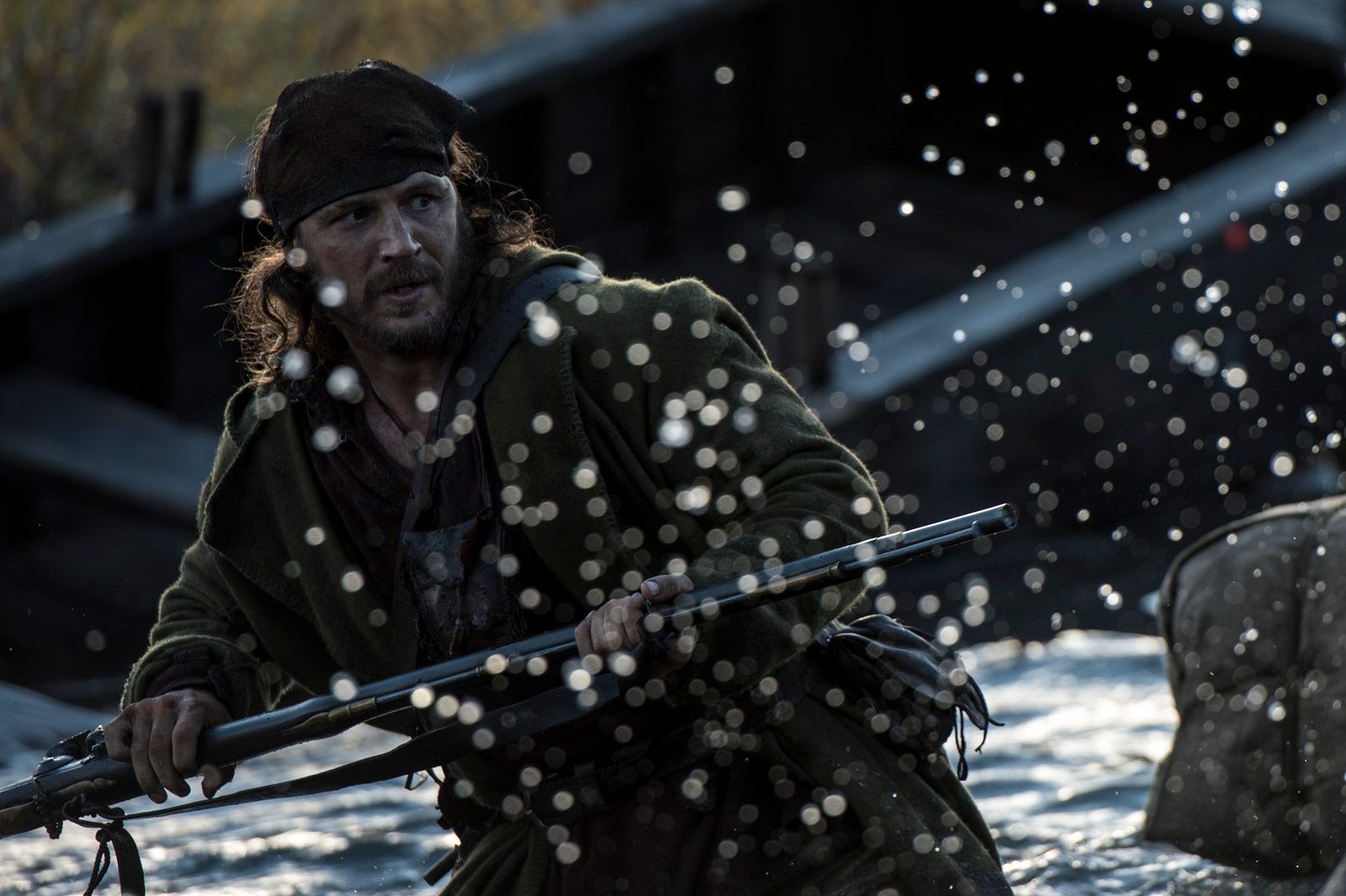
The suspiciously lean story of vengeance however is veiled in a world where civilization is as savage as nature. Glass’ journey forces him to resist or combat all the elements of the untouched wilderness in order to complete what he thinks is his life’s last mission. What essentially ensues is a rather straightforward portrait of a man whose stark humanity has been overpowered by a singular endeavor of blunt survival.
If Glass jumps into a rabid river to escape Sioux scouts or disembowels a horse for shelter from a blizzard, it is all rendered nearly bereft of soul and emotions through his being transformed from an actual character into a freak of nature. It is only Iñárritu’s skillful tableaus where he backdrops Glass’ fur-draped figure against majestic mounts or grandiose forests that distract from the film’s stirring lack of virtue.
It all becomes a breathtaking but heartless tour into the depths of a man rendered soulless by the world, where Glass plays both guide and subject, an exhibit of the extent of what man is capable of if fueled by a singular emotion, whatever it is, and however it turns a character into but a piece in the grander spectacle.
Sights and stunts
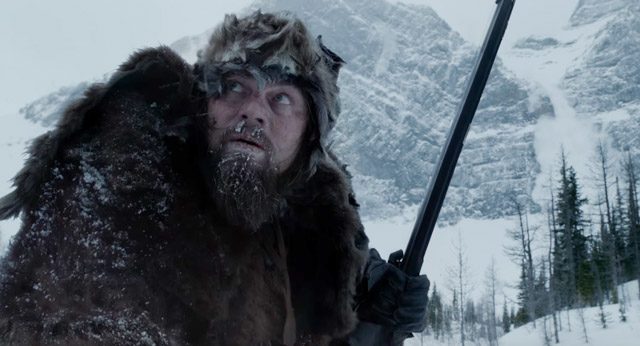
It is tempting to brand The Revenant as nothing more than pageantry, a bold effort by the collaborative skills of Iñárritu and Lubezki to craft something elegant and graceful out of excruciating agony. It is mostly a sensory experience, where sight and sound are in tandem to pull off such a daring and visionary feat. However, even if it is arguably drowned by so much cinematic stunts, emotions still play a central role in steering everything into a coherent end.
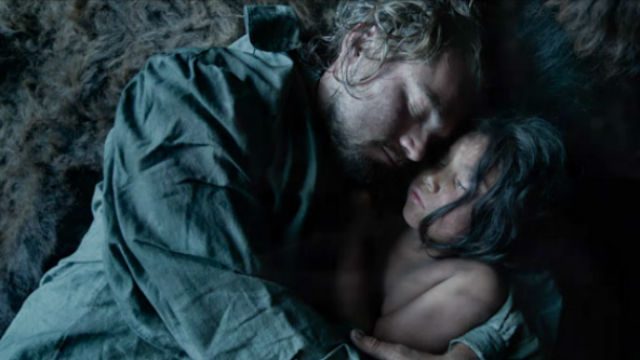
The responsibility of filling such vacuum falls on DiCaprio, who not only lends his body as part of the tempestuous allure of the wilderness but also his piercing eyes, which are the last hauntings things you see in the film. (READ:Leonardo DiCaprio may finally get Oscars due with ‘The Revenant’)
Glass is quite a daunting role to play. He is a phantom, a being stuck in between the invaders and the invaded, in between being the hunter and the prey, in between life and death. DiCaprio nevertheless fulfills the thematic demands of the role, without succumbing to convenient histrionics.
Emotionally stirring
Make no mistake, The Revenant is an overwhelmingly emotional film. While the spectacle ultimately drowns everything else, the film still manages to beat a heart, no matter how mechanical it may be because of all the film’s grotesque pomp and splendor.
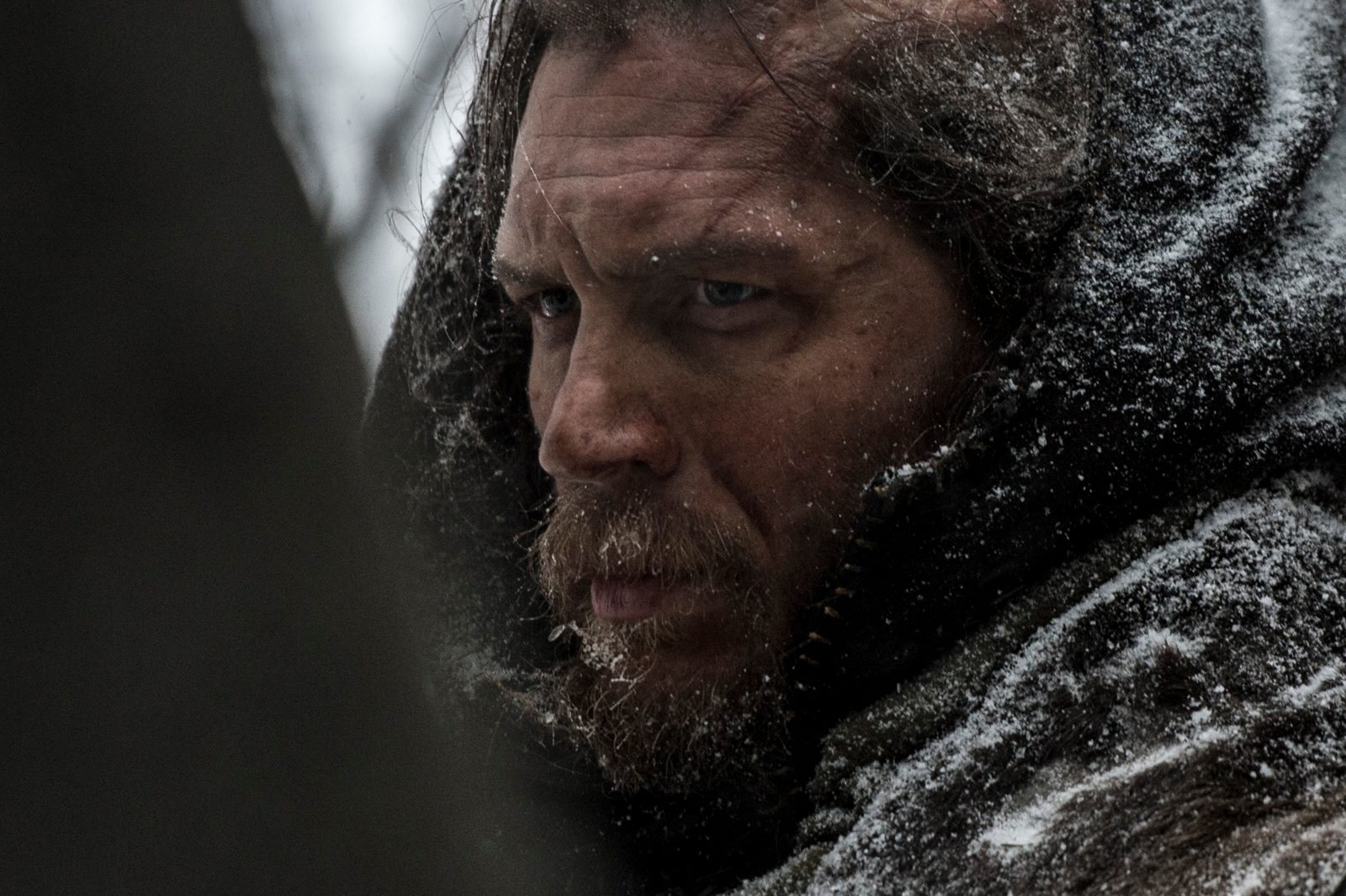
There is much to laud here. Its indelible imagery, which exposes Iñárritu’s near-fetishistic allegiance to physical and emotional anguish, evokes both shock and awe. Its indulgences are largely worth it, resulting in an experience that even without a straightforward narrative is exactly what cinema is all about. – Rappler.com
 Francis Joseph Cruz litigates for a living and writes about cinema for fun. The first Filipino movie he saw in the theaters was Carlo J. Caparas’ Tirad Pass. Since then, he’s been on a mission to find better memories with Philippine cinema. Profile photo by Fatcat Studios
Francis Joseph Cruz litigates for a living and writes about cinema for fun. The first Filipino movie he saw in the theaters was Carlo J. Caparas’ Tirad Pass. Since then, he’s been on a mission to find better memories with Philippine cinema. Profile photo by Fatcat Studios
Add a comment
How does this make you feel?
There are no comments yet. Add your comment to start the conversation.